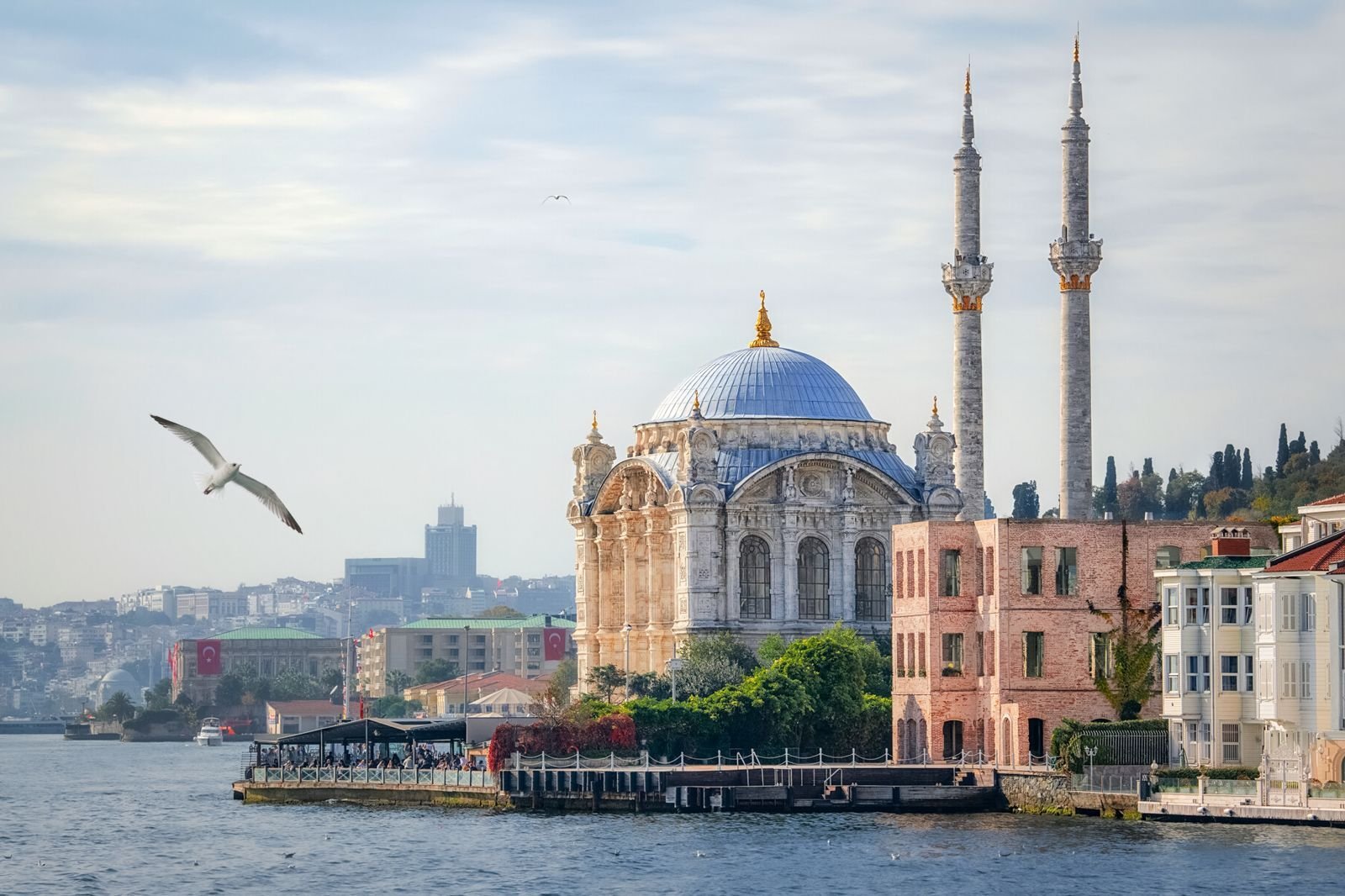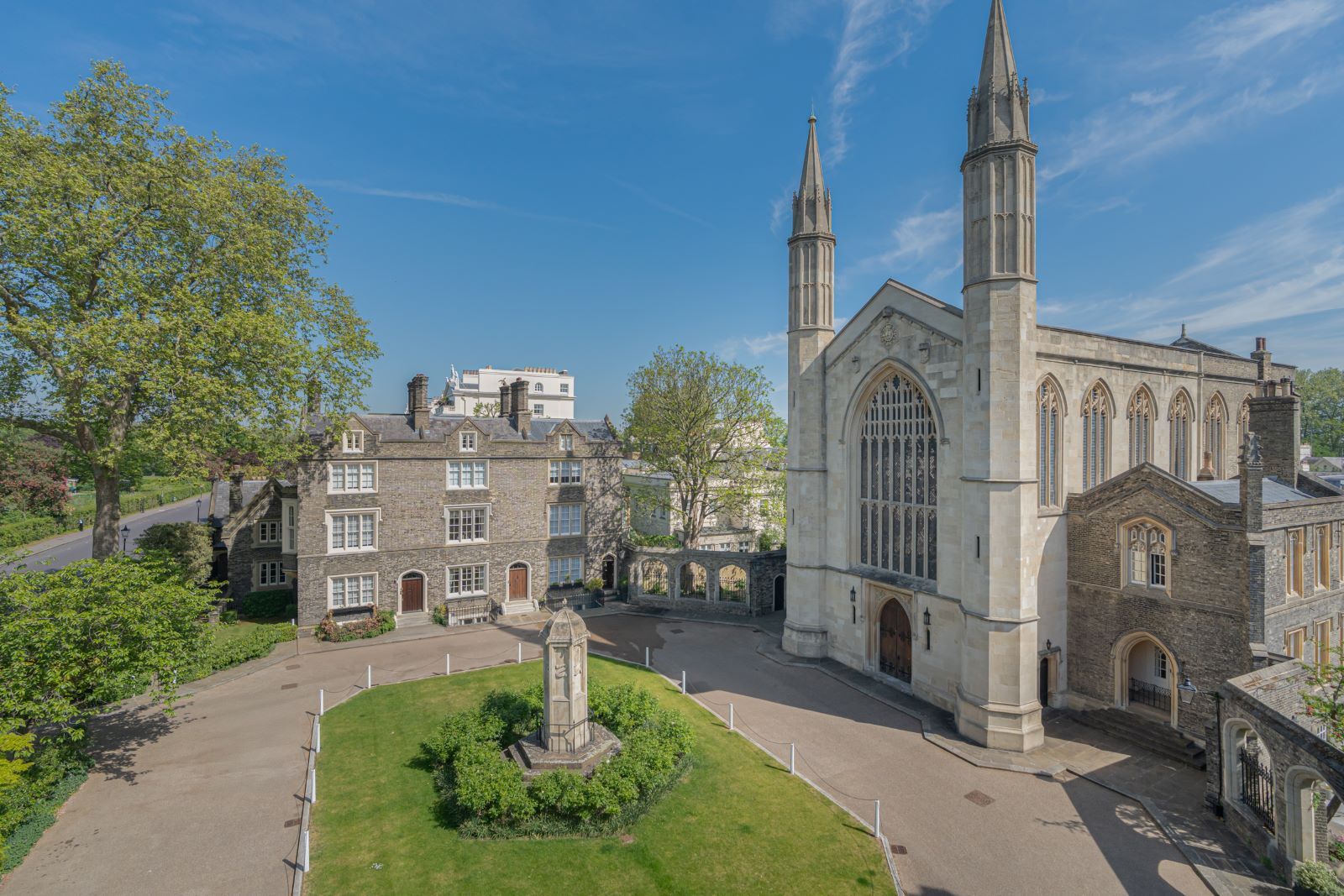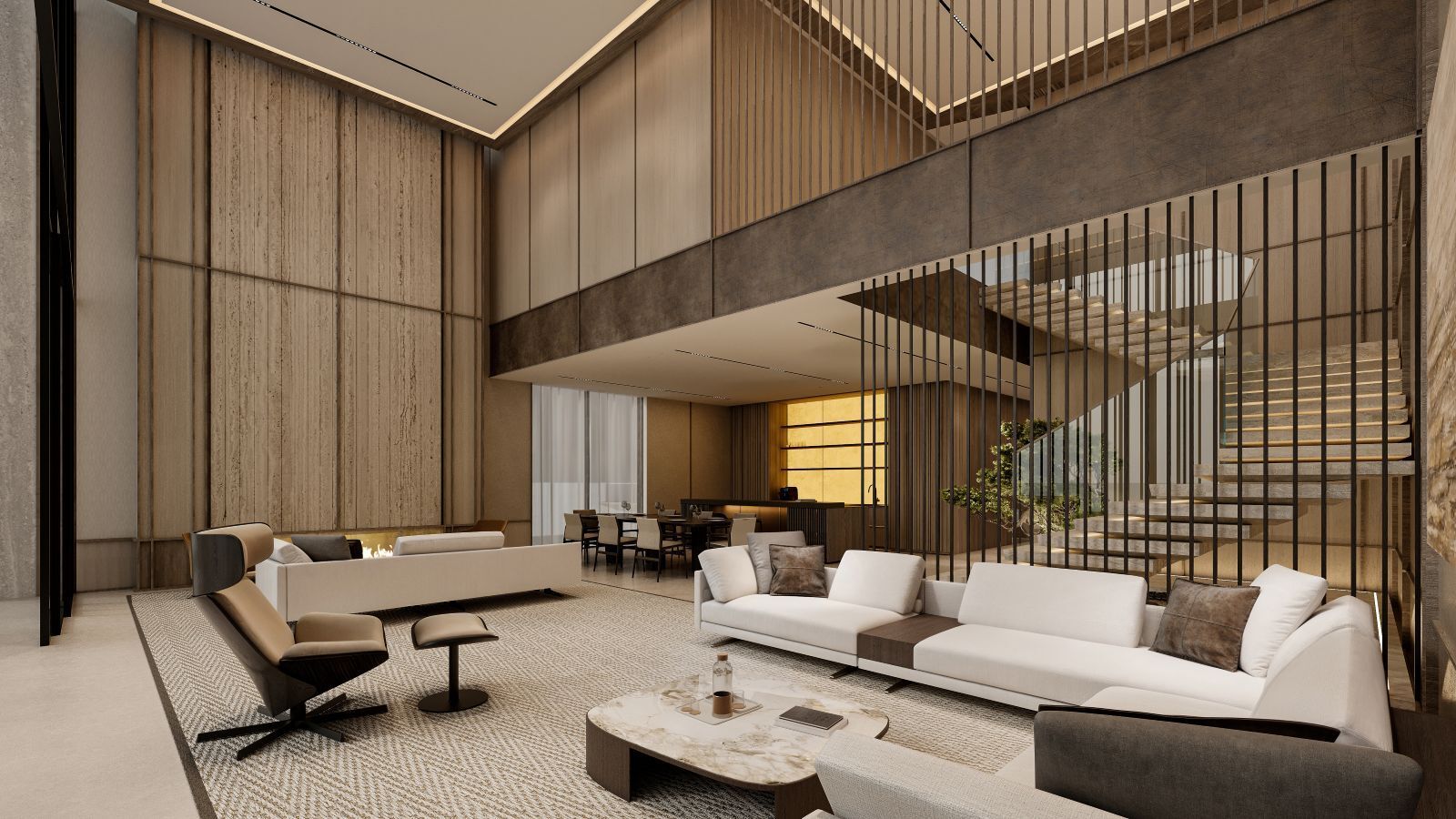Ottoman Architecture: Historical Legacy and Modern Revival
Ottoman architecture, a majestic and richly detailed building style, was developed under the Ottoman Empire, as its name indicates. Being characterised by grand domes, lofty minarets, and intricate ornamental tilework, Ottoman architecture knits together Seljuk spatial principles, Byzantine engineering, Persian decorative arts, and Islamic traditions to define its visual identity. This style reached its peak in the 16th century under master architects like Mimar Sinan. Ottoman buildings, from imperial mosques and palaces to humble caravanserais, were designed both to impress with their architectural artistry and to serve functional roles in civic life. Today, contemporary architects and luxury developers are reviving this opulent style in residential projects, offering individuals the chance to live amid Ottoman-inspired elegance.

Influences and Inspirations
The Ottomans drew from Seljuq and Anatolian Islamic precedents, incorporating central-plan layouts and domed structures found in cities like Bursa and ?znik. Equally transformative was the influence of Byzantine architecture, particularly the Hagia Sophia, which inspired the use of pendentive domes, semi-domes, and robust buttressing systems. As the empire matured, elements from Italian and European traditions found their way into Ottoman projects, reaching their most expressive form in the elaborated architectural style known as Turkish Baroque, which emerged in the 18th century.
External and Internal Characteristics
Ottoman buildings were visually defined by their central domes, often accompanied by cascading half-domes and slender minarets arranged symmetrically. Large courtyards framed by arcades and covered entranceways created graceful transitions between indoor and outdoor spaces, while the buildings themselves were positioned for maximum visibility, often dominating hills or public squares.
Inside, these structures conveyed a holy atmosphere with elements like Iznik tiles in cobalt blue, turquoise, green, and coral red, which decorated interiors with geometric precision and symbolic intent. Light streamed through stained-glass windows and chandeliers, animating arabesques and calligraphic inscriptions without overshadowing the building structure and spatial elements. Ottoman interiors are defined by a balanced layout, where elements such as arches, columns, and windows mirror each other on either side of a central axis. This symmetry creates visual harmony and a sense of calm refinement. Symbolically, it reflects the Islamic ideal of universal balance and divine order.
Spaces are also organised around a dominant focal point, often a central hall, dome, courtyard, or fountain, from which the rest of the layout radiates. This design enhances both flow and functionality, guiding movement and attention. In religious contexts, it deepens spiritual focus by directing energy toward a sacred axis.
Artistry and Decoration
Interiors were finished with tens of thousands of hand-painted ceramic tiles, carved marble panels, and gilded calligraphy. Polished marble, dark wood, and finely crafted stone contributed to a visual harmony of richness and measured elegance. Ottoman style extended into every corner of civic life, from mosques and medreses to palaces and public baths. The Topkapi Palace and later Dolmabahçe Palace stood as grand examples, the latter blending European Baroque elements with traditional Ottoman design.
Evolution and Modern Reinterpretations
By the 18th and 19th centuries, the classical style evolved into more decorative forms under European influence. The Ottoman Baroque retained the core domed structure while adding elaborate surface ornamentation. With the fall of the empire in the early 20th century, Ottoman design continued to influence both secular and religious architecture in Turkey and abroad. Even today, architects reinterpret classical motifs in mosques, civic buildings, and luxury developments across the globe.
Ottoman Interiors Symbolism
Interior design developed alongside the empire’s expansion, enriched by Seljuk, Byzantine, and Persian architectural designs. Homes were characterised by their use of silk, velvet, and brocade; carved wood and mother-of-pearl inlays; and layers of kilims and carpets. Mashrabiya screens allowed light and air while preserving privacy, and courtyards served both aesthetic and climatic roles.
Furniture arrangements were typically low and informal, with divans and cushions encouraging social gatherings. Interior light was prioritised through large windows, while evenings glowed with lanterns and chandeliers. Tilework patterns and calligraphy were chosen for their beauty and to reflect divine order and infinity, grounding the decorative scheme in spiritual philosophy.
Interiors were also shaped by the Ottoman approach to space, where selamlik (public) and haremlik (private) zones coexisted under one roof. This modular logic supported multifunctional use and the integration of light, nature, and movement. Every element, from the layout to the materials, carried symbolic weight as well as cultural and spiritual meaning.
Modern Applications and Global Projects
In recent years, there has been a renaissance of Ottoman-style architecture in luxury real estate and cultural projects. Designers and developers across the globe are incorporating classical Ottoman elements into new structures, appealing to a modern audience seeking historical depth and sophistication.
The Royal Villas at Jumeirah Zabeel Saray (Dubai, UAE)
A prime example of modern Ottoman revival is The Royal Villas, located within the Jumeirah Zabeel Saray resort on Dubai’s iconic Palm Jumeirah. This exclusive collection of 18 beachfront villas evokes the splendour of the Ottoman golden age. Designed with authenticity in mind, the villas feature Turkish marble, rich dark wood, hand-painted Iznik tiles, carved wooden ceilings, and custom chandeliers. The layout includes domed living spaces, private Turkish hammams, and arched colonnades, merging imperial heritage with contemporary luxury. This development illustrates how historical aesthetics can be elegantly integrated into modern projects for high-end living.
Sharjah Grand Mosque (Sharjah, UAE)
Opened in 2019, the Sharjah Mosque is the largest in the emirate and a faithful homage to classical Ottoman mosque design. Its vast central dome, semi-domes, courtyard, and twin minarets mirror the monumentality of 16th-century Turkish mosques. The interior, adorned with marble, calligraphy, and detailed tilework, creates a serene and majestic atmosphere reminiscent of Istanbul’s architectural masterpieces.
Diyanet Center of America (Maryland, USA)
Located near Washington, D.C., the Diyanet Center is the largest Islamic complex in the United States. Built in 2016, its mosque and surrounding buildings follow the Ottoman külliye model – a social-religious complex featuring a mosque, library, baths, and cultural spaces. The mosque itself features a leaded central dome, arched porticoes, pencil minarets, and authentic Iznik tile decorations. Turkish artisans and materials were used to preserve architectural fidelity, making this one of the most accurate modern interpretations of Ottoman Mosque design outside of Turkey.
Tokyo Camii (Tokyo, Japan)
Japan’s largest mosque, Tokyo Camii, was rebuilt in 2000 in full Ottoman style. Funded and constructed with the support of the Turkish government, the mosque was delivered by Turkish architects and artisans. It features a prominent dome, half-domes, a high minaret, and detailed calligraphy and tilework. Often compared to a smaller version of Istanbul’s Blue Mosque, Tokyo Camii is a remarkable example of how Ottoman architectural identity has found expression far beyond its historical heartland.
Çaml?ca Mosque (Istanbul, Turkey)
Completed in 2019, the Grand Çaml?ca Mosque is Turkey’s largest and most ambitious mosque in the modern era. Situated on one of Istanbul’s highest hills, the mosque incorporates all the hallmark elements of Ottoman design: an immense central dome, a cascade of half-domes, a courtyard, and six pencil-thin minarets. Inside, traditional Islamic motifs are combined with contemporary art installations, museums, and galleries, blending heritage with modern public space. It revives the Ottoman architecture in contemporary Turkey.
Conclusion
Ottoman architecture, present in the domed skyline of classical Istanbul and reaching all the way to the refined interiors of beachfront villas in Dubai, continues to be admired by design enthusiasts and artists. Its historical roots in religious, imperial, and civic design have produced a style richly detailed and spiritually resonant. In the modern era, its revival in luxury real estate, public monuments, and religious buildings demonstrates the enduring appeal of its elegant forms and symbolism. For those seeking contemporary living with a historical touch, Ottoman architecture is the gold standard, merging heritage and modernity in perfect balance.



